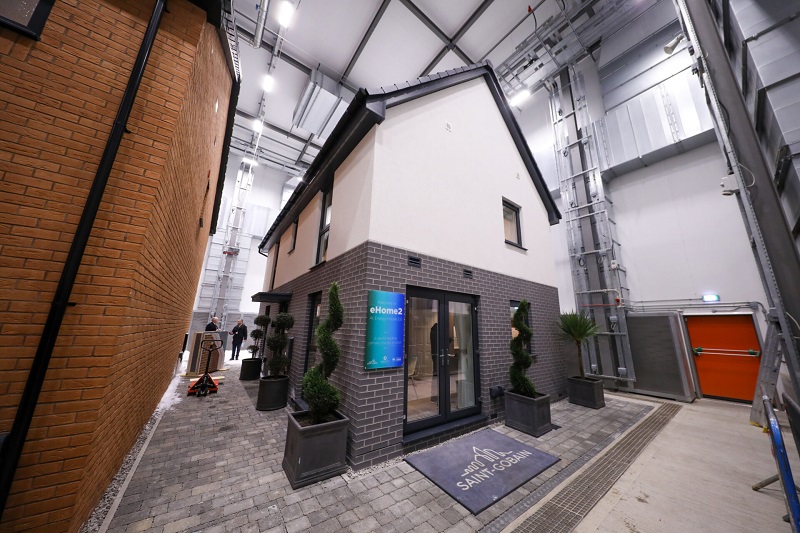Globally, two billion additional homes will be required to be built over the next 75 years.
This will only add more pressure within the housing sector, which is already responsible for 17-21% of global carbon emissions. Humanity faces the dual challenge of tackling both the housing and climate crises on an unprecedented scale.
That’s why the World Green Building Council (WorldGBC) has launched a new report, ‘Sustainable and Affordable Housing’, to spotlight the issues — and most importantly — address how we tackle them on a global scale.
The housing sector plays a crucial role in achieving the UN’s Sustainable Development Goals by 2050. But by 2030, an estimated three billion people (or 40% of the world’s population) will be in need of adequate housing units, whether newly built or renovated. In addition to this, human vulnerability is heightening with devastating climate change events – research tells us that at least 85% of the world’s population have been affected by climate change, whilst 100 million people have also been displaced due to man-made conflict.

The terms ‘affordable housing’ and ‘sustainable housing’ have been receiving increased attention for the past decade. However, the misconception that sustainable housing is more expensive, difficult to resource, and time-intensive to deliver is affecting its uptake. The good news, presented in WorldGBC’s new report, is that the knowledge, tools, and technologies to reduce these barriers and allow for the uptake of sustainable housing already exist.
Understanding the array of possibilities and their feasibility can help tackle the housing crisis and the various challenges surrounding it, whilst prioritising climate, health, equity, and resilience.
The report presents a high-level summary of sustainable and affordable housing in each of WorldGBC’s five regional networks. It profiles the challenges facing the housing sector, and the opportunities available that are driving the uptake of sustainable and affordable housing, illustrated by global case studies. In showcasing a varied range of examples, a consistent message occurs; the challenges faced are numerous, but there is a growing body of evidence for progress and opportunities.
The case study content from each region highlights 15+ cutting-edge built environment projects, making sustainable and affordable housing a reality for all. From 3D printed homes in Kenya, community engagement and collaborative financing models in Nepal, to disaster-resilience retrofits in the Philippines, these case studies demonstrate a commitment towards the right to adequate housing and a sustainable future for populations across different geographies.
Each case study is aligned against a series of high level principles of sustainable and affordable housing developed by the Housing Taskforce representatives from the WorldGBC network. They conclude that sustainable and affordable housing in any, and all, geographies must reflect implementation of the following principles, with consideration of the cross-cutting nature of many of the topics:
1. Habitability and Comfort
2. Community and Connectivity
3. Resilience and Adaptation to a Changing Climate
4. Resource Efficiency and Circularity
5. Economic Accessibility.
Cristina Gamboa, CEO, WorldGBC, said: “According to the UN-Habitat, the world needs to build 96,000 new affordable homes every day in order to house the estimated 3 billion people who will need access to adequate housing by 2030. In all geographies around the world, people are facing homelessness, poverty, or living in substandard homes. Those people are at the heart of this flagship report.
“I am optimistic as always that if we collaborate on solutions, and spark consideration of best practices being implemented, we can accelerate the uptake of sustainable and affordable homes for everyone, everywhere.”
Timo Márquez Arreaza, Sustainability Marketing Manager, Saint-Gobain, said: “We need to move sustainable and affordable housing from specific pilot initiatives to feasible, scalable projects. Energy efficiency, resources, circularity and well-being need to become key variables in project developments. All stakeholders have an important role to play from financing mechanisms, appropriate design, material sourcing, construction quality to capacity building of workers.”










